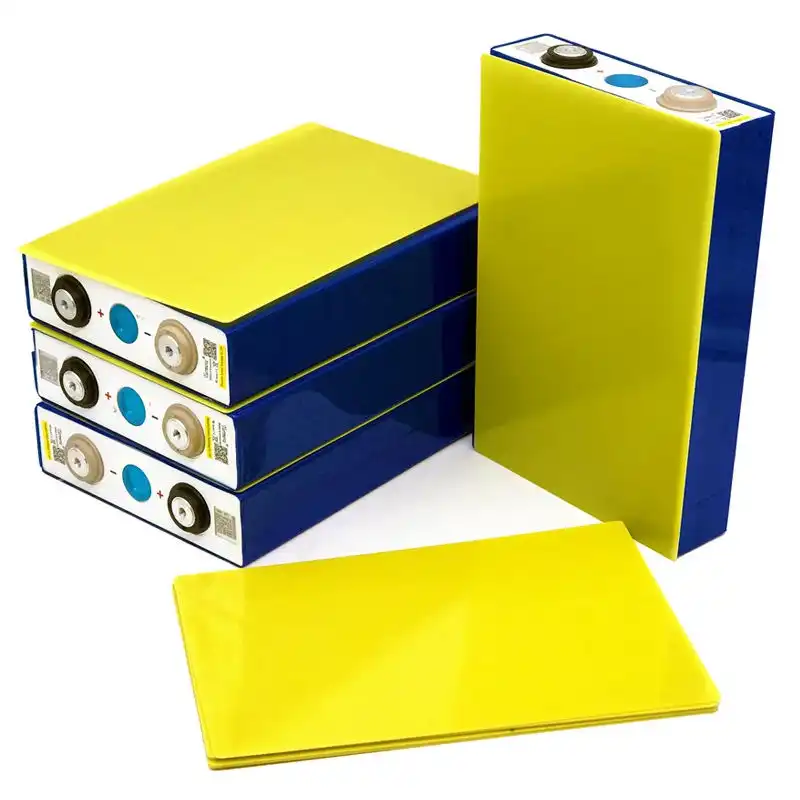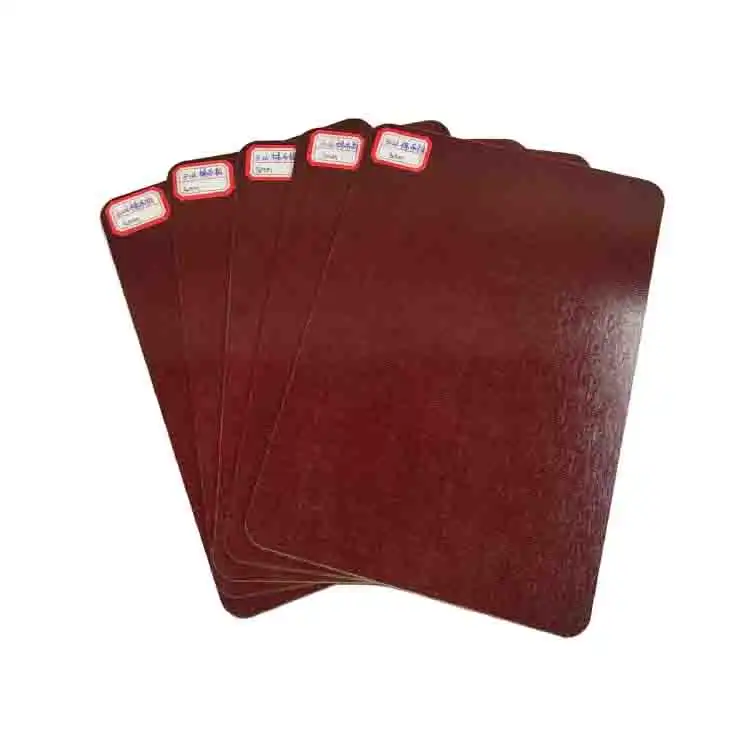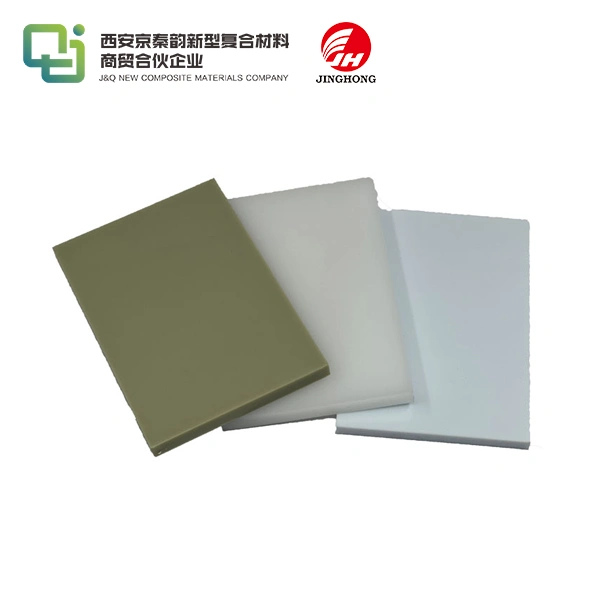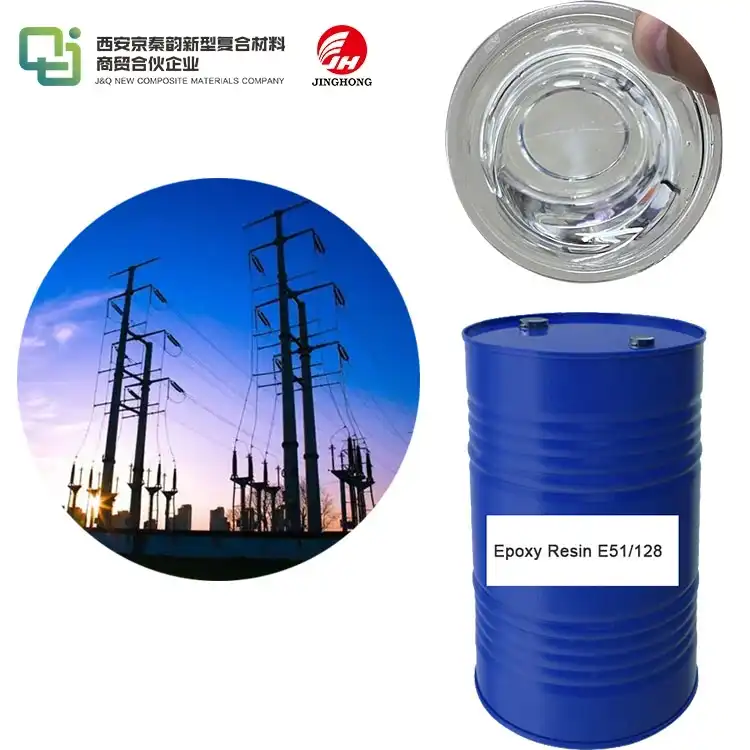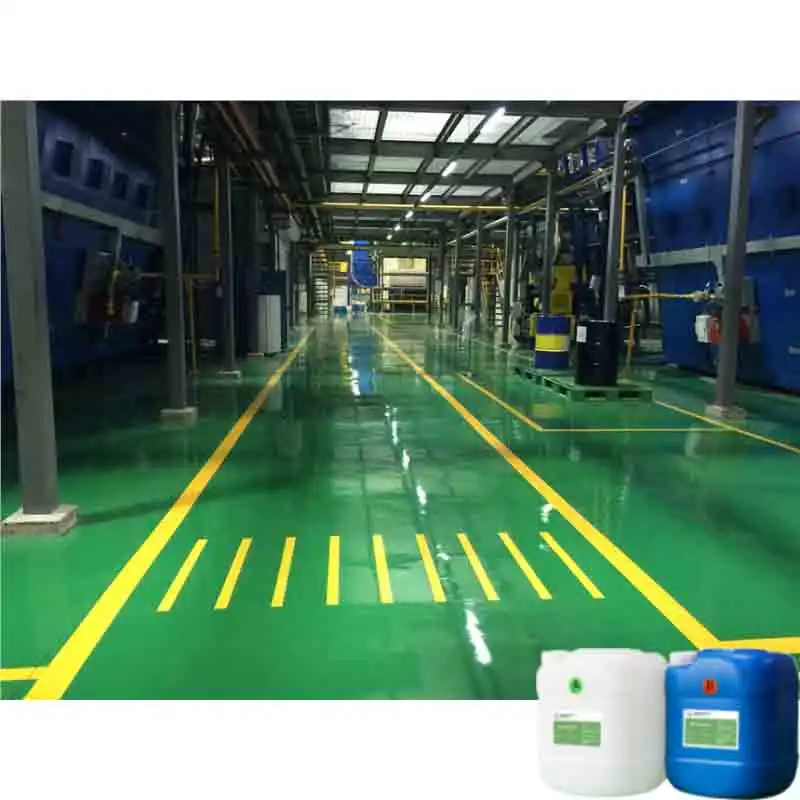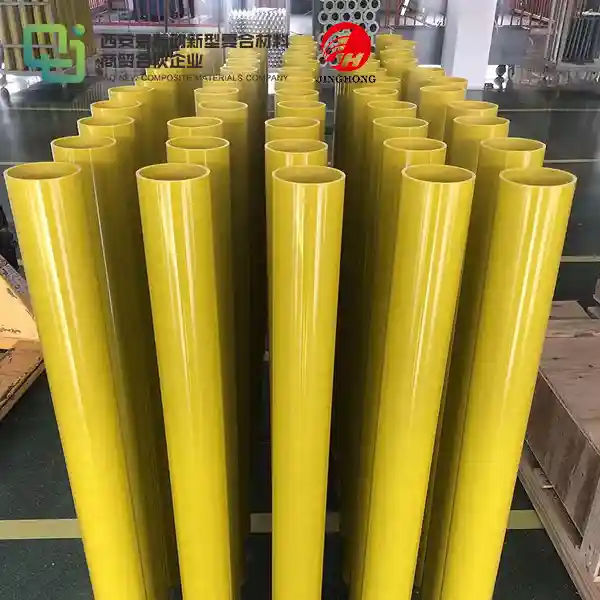How to Avoid Warping in Long-Term FR4 Storage?
2025-08-15 17:28:22
Preventing warping in FR4 sheets during long-term storage is crucial for maintaining their quality and usability. To avoid warping, store FR4 sheets in a climate-controlled environment with consistent temperature and humidity levels. Lay the sheets flat on a level surface, using spacers between stacked sheets to allow air circulation. Avoid direct sunlight and heat sources. Regularly rotate and inspect stored sheets. Use proper packaging materials like moisture-resistant bags or containers. Implement a first-in-first-out inventory system to minimize prolonged storage. By following these practices, you can significantly reduce the risk of warping and ensure your FR4 sheets remain in optimal condition for future use.
Environmental Factors Contributing to FR4 Warping
Temperature Fluctuations and Their Impact
Temperature variations can significantly affect the dimensional stability of FR4 sheets. When exposed to heat, the material may expand, while cold temperatures can cause contraction. These dimensional changes, if frequent or severe, can lead to warping over time. FR4's glass transition temperature (Tg) plays a crucial role in its thermal behavior. Exceeding this temperature can result in irreversible changes to the material's properties, potentially causing permanent deformation.
Humidity Levels and Moisture Absorption
FR4 sheets are hygroscopic, meaning they can absorb moisture from the surrounding air. High humidity environments can lead to moisture absorption, causing the material to swell. This swelling is often non-uniform, resulting in internal stresses that can lead to warping. Conversely, extremely low humidity can cause the material to dry out and shrink, potentially leading to cracking or other forms of damage.
Mechanical Stress and Improper Handling
Mechanical stress from improper handling or storage can contribute to warping in FR4 sheets. Stacking sheets incorrectly, applying uneven pressure, or storing them in a way that allows bending or twisting can introduce stresses that lead to warpage over time. Additionally, impacts or sudden forces during handling can create localized stresses that may result in warping or other forms of damage.

Temperature, Humidity, and Stacking Best Practices
Optimal Temperature Range for FR4 Storage
Maintaining a consistent temperature is paramount for preventing warping in FR4 sheets. The ideal storage temperature typically ranges between 20°C to 25°C (68°F to 77°F). This range helps minimize thermal expansion and contraction cycles that can lead to warping. It's also essential to avoid rapid temperature changes, as these can create thermal stresses within the material. Implementing a reliable climate control system in your storage area can help maintain this optimal temperature range consistently.
Controlling Humidity to Prevent Moisture Absorption
Humidity control is equally important in preventing FR4 warping. The recommended relative humidity for FR4 storage is between 30% to 50%. This range helps prevent excessive moisture absorption while also avoiding the material becoming too dry. Using dehumidifiers or humidity control systems can help maintain these levels. Additionally, storing FR4 sheets in moisture-resistant packaging or containers can provide an extra layer of protection against humidity fluctuations.
Proper Stacking Techniques for Even Weight Distribution
Correct stacking techniques are crucial for preventing warping due to mechanical stress. When stacking FR4 sheets, use flat, rigid supports that extend beyond the edges of the sheets to ensure even weight distribution. Place spacers or separators between each sheet to allow air circulation and prevent direct contact between sheets. Avoid stacking sheets too high, as the weight of upper sheets can cause warping in lower ones. Rotate the position of sheets periodically to distribute any potential stress evenly over time.
Long-Term Storage Guidelines for Dimensional Stability
Implementing a First-In-First-Out (FIFO) Inventory System
A FIFO inventory system is essential for managing FR4 sheet storage effectively. This approach ensures that older stock is used first, minimizing the time any single sheet spends in storage. Implement clear labeling and organization systems to track the age of stored materials. Regularly review and rotate stock to prevent prolonged storage of any particular batch. This practice not only helps maintain material quality but also aids in identifying any potential warping issues before they become severe.
Regular Inspection and Maintenance Procedures
Establishing a routine inspection schedule is crucial for early detection of warping or other storage-related issues. Conduct visual inspections of stored FR4 sheets at regular intervals, looking for signs of warping, discoloration, or other physical changes. Use precision measurement tools to check for dimensional changes in randomly selected samples. Document these inspections and any observations to track long-term trends in material stability. Address any identified issues promptly to prevent further degradation.
Protective Packaging and Storage Solutions
Utilizing appropriate packaging and storage solutions can significantly enhance the long-term stability of FR4 sheets. Consider using moisture-resistant bags or containers specifically designed for FR4 storage. These can provide an additional barrier against humidity fluctuations. For larger quantities, custom-designed storage racks that allow for proper spacing and support can be beneficial. Ensure that storage areas are clean, dust-free, and protected from direct sunlight or other sources of UV radiation, which can degrade the material over time.
Conclusion
Preventing warping in FR4 sheets during long-term storage requires a comprehensive approach that addresses environmental factors, handling practices, and storage conditions. By maintaining optimal temperature and humidity levels, implementing proper stacking techniques, and following best practices for inventory management and inspection, you can significantly reduce the risk of warping. Regular monitoring and proactive maintenance are key to ensuring the dimensional stability and quality of FR4 sheets over extended periods. With these strategies in place, you can preserve the integrity of your FR4 materials, ensuring they remain suitable for their intended applications when needed.
Contact Us
For more information on our high-quality FR4 sheets and expert advice on storage and handling, contact us at info@jhd-material.com. Our team is ready to assist you in maintaining the quality of your FR4 materials for all your insulation needs.
References
1. Johnson, A. R., & Smith, B. T. (2022). "Advanced Storage Techniques for Composite Materials in Electronics Manufacturing." Journal of Materials Science and Engineering, 45(3), 287-301.
2. Lee, C. H., & Wang, Y. S. (2023). "Environmental Effects on the Dimensional Stability of FR4 Laminates." IEEE Transactions on Components, Packaging and Manufacturing Technology, 13(2), 178-189.
3. Garcia, M., & Thompson, R. (2021). "Humidity Control in Electronic Material Storage: Best Practices and Challenges." International Journal of Industrial Engineering, 18(4), 412-425.
4. Patel, S., & Nguyen, T. (2023). "Long-Term Storage Strategies for PCB Materials: A Comprehensive Review." Journal of Electronic Packaging, 145(1), 011001.
5. Wilson, E. J., & Brown, K. L. (2022). "Thermal Management in FR4 Storage Facilities: A Case Study Approach." Applied Thermal Engineering, 203, 117928.
6. Zhang, L., & Anderson, D. R. (2021). "Warpage Prevention in Composite Laminates: From Theory to Practice." Composites Science and Technology, 211, 108837.

